
The DesignDash Guide to Navigating Art Fairs and Craft Shows
Summary
Reflection Questions
Journal Prompt
Art fairs and craft shows are vibrant hubs of creativity and commerce, bringing together artists, collectors, and enthusiasts in a celebration of artistic expression. Whether you’re an artist looking to showcase your work or a collector seeking unique pieces, navigating these events effectively can enhance your experience and maximize opportunities. In this ultimate guide, we provide all of our top tips for navigating your next art fair or craft show (whether buyer or seller)!
What’s the Deal with Art Fairs and Craft Shows?
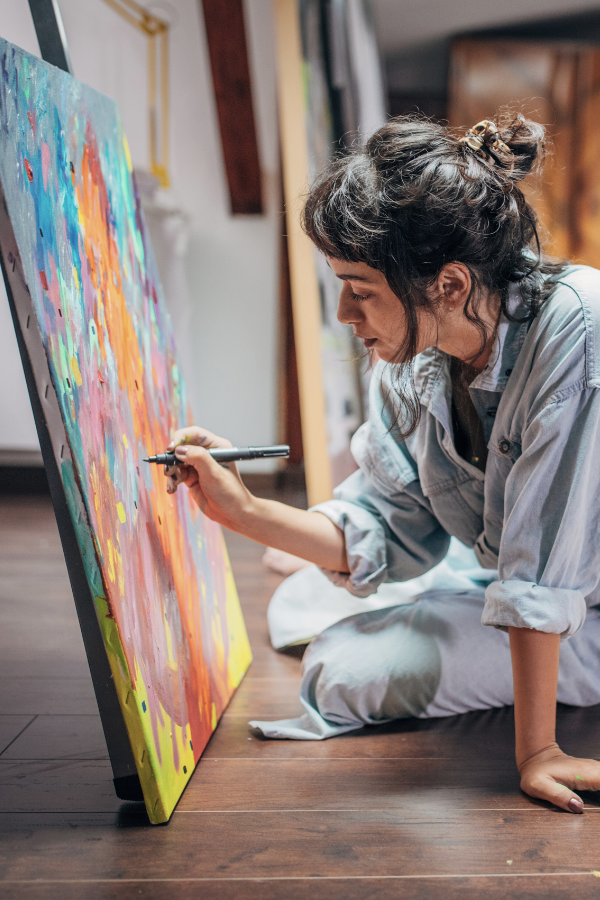
These events are all about showcasing and selling art directly to the public. You’ll find a mind-blowing variety of work, including paintings, sculptures, jewelry, pottery, handmade clothing…the list goes on!
Craft shows specifically focus on handmade crafts and artisanal products, showcasing the skill and craftsmanship of artisans. Art fairs can include various genres like contemporary fine arts, diverse art festivals, original art of newcomers, craft fairs for original artwork, unique activities for artists, and items contributed by the public as appreciation to creativity.
Art Fairs: A broader focus on all types of art, from traditional fine art to more contemporary and experimental pieces.
Craft Shows: Specifically feature handmade crafts and artisanal goods – think woodworking, ceramics, and even delicious food items!
Why Makers and Shoppers Love Them!
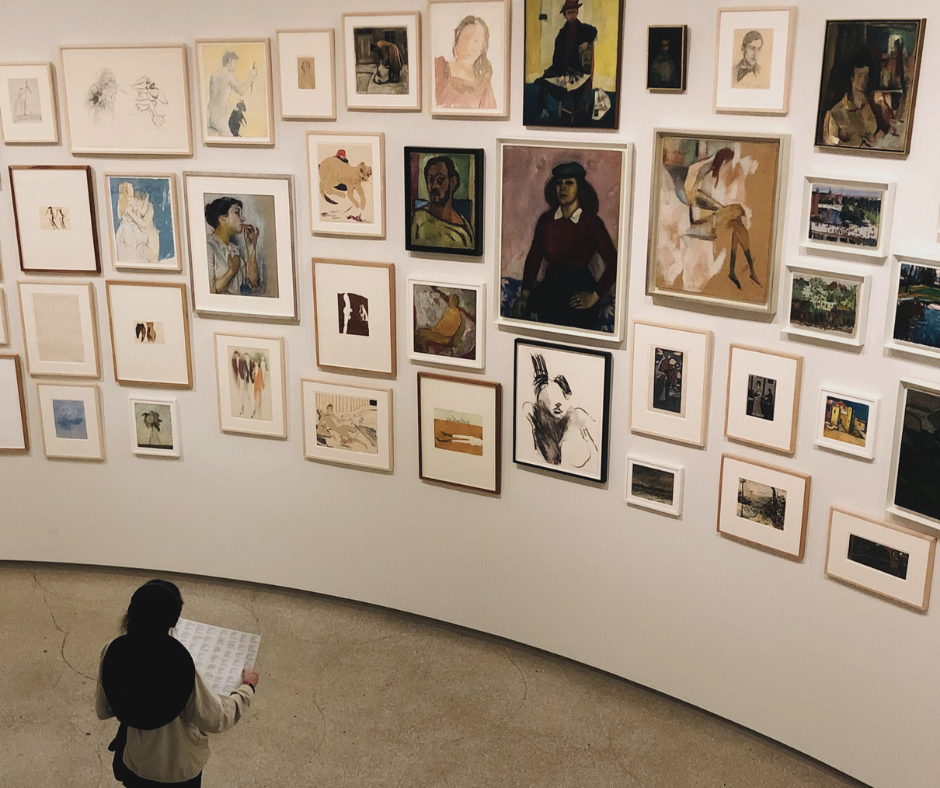
Art fairs and craft shows present an exceptional opportunity for artists and buyers alike, each bringing their unique benefits to this vibrant marketplace. For artists, these events are a golden opportunity to showcase their work to a broader audience. Participating in these fairs allows artists to engage directly with potential customers, gather valuable feedback, and build a reputation within the art community. It’s a chance not only to sell their pieces but also to gain visibility and establish a name for themselves in a crowded market.
For buyers, art fairs and craft shows offer the exciting prospect of discovering one-of-a-kind pieces that cannot be found elsewhere. These events provide a direct line of communication with the artists, enabling buyers to learn about the inspirations and stories behind the creations. By attending, buyers not only get to acquire unique artworks but also have the pleasure of supporting artists directly, contributing to the sustainability of their craft and the vibrancy of the art scene. This interaction enriches the buying experience, making each piece more meaningful and personal.
A Few of Our Favorite Art Fairs and Craft Shows
The Ann Arbor Street Art Fair
The Ann Arbor Street Art Fair is one of the most celebrated and vibrant art festivals in the United States, held annually in Ann Arbor, Michigan. This iconic event transforms the streets of downtown Ann Arbor into a colorful, lively outdoor gallery where hundreds of artists from around the country and the world showcase their work. The art festival features a wide variety of media, including painting, photography, jewelry, glass, and ceramics, attracting art lovers and collectors who are eager to explore and purchase unique pieces.
Beyond the visual arts, the fair also offers live music, artist demonstrations, and hands-on workshops, making it a dynamic cultural experience for visitors of all ages. The Ann Arbor Street Art Fair is not just an event; it’s a celebration of artistic innovation and community spirit that continues to draw large crowds and enhance the cultural fabric of the city.
The San Francisco Renegade Craft Fair
It’s public knowledge that the San Francisco Renegade Craft Fair is top-tier for both vendors and shoppers alike. This event is part of a larger network of Renegade Craft fairs that take place in cities across the United States. It showcases a wide array of handmade goods from contemporary indie craftspeople and artisans. The fair features everything from jewelry and clothing to home décor and artisanal foods, making it a popular destination for those looking to find unique, high-quality crafts and to connect directly with the makers.
Hosted in vibrant venues around the city, the San Francisco Renegade Craft Fair offers a curated selection of modern handmade goods, along with workshops, food, and interactive features, making it a key event in San Francisco’s creative community. Check out their website here for more information.
The Utah Arts Festival
The Utah Arts Festival is a major annual event that showcases the diverse artistic talents from Utah and beyond, taking place in downtown Salt Lake City. It typically runs for four days in June, attracting tens of thousands of visitors each year. The festival is known for its broad array of artistic offerings, including visual arts, music, dance, film, and literary arts, providing a comprehensive cultural experience.
Artists from various disciplines display and sell original works in the artist marketplace, which is a highlight of the festival. The visual arts at the festival often include painting, sculpture, photography, ceramics, and jewelry, featuring both established and emerging artists. Live performances are another key component, with multiple stages hosting musicians, bands, and dance troupes from a variety of genres, contributing to a vibrant, festive atmosphere.
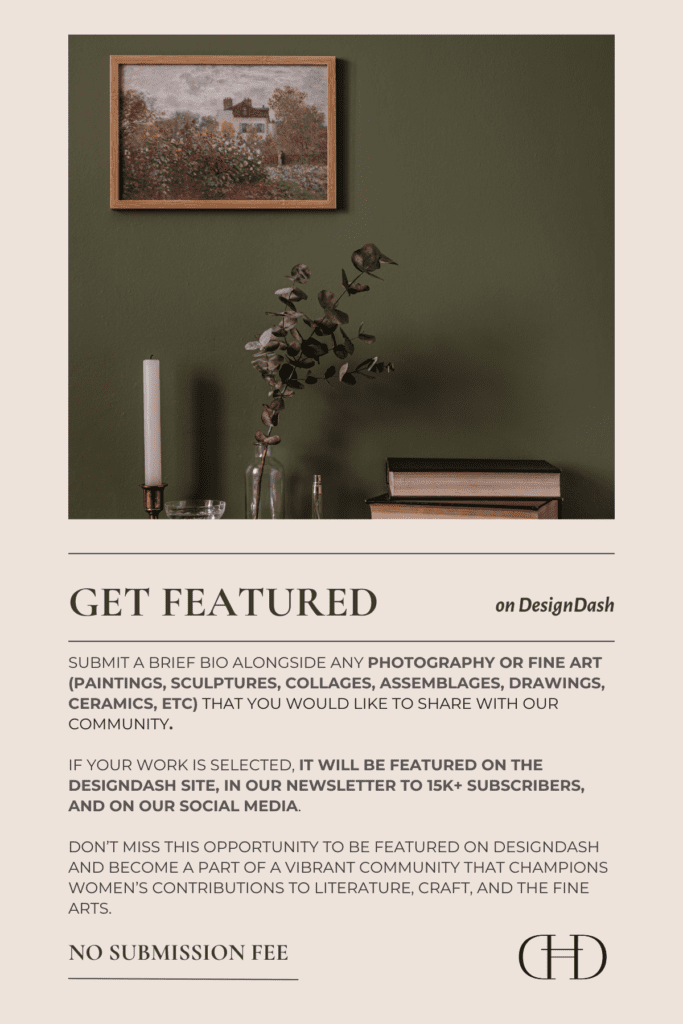
are you a fine artist or photographer?
Your Guide to Preparing for Art Fairs and Craft Shows
Sellers, Let’s Get You Set Up!
Choose Your Battles
Whether setting up shop as a vendor at a craft fair or an art fair, selecting the right event is crucial for maximizing your exposure and sales opportunities. Look for art fairs and craft shows that resonate with your style and target audience. Consider factors like the event’s theme, its reputation, the location, and how these align with your brand’s identity. Choosing best art festival for your style and media can dramatically increase your chances of success by placing your work in front of the most receptive audience.
Pack Your Power Pieces

Carefully curate a collection that showcases the best of what you have to offer. Focus on pieces that highlight your unique style and are likely to captivate and resonate with attendees. Consider both the aesthetic appeal and commercial viability of your artwork, choosing pieces that have proven popular or have generated interest in the past.
Price It Right
Pricing your artwork appropriately is a delicate balance that requires considering both your costs and the market’s willingness to pay. Calculate the costs involved in creating your pieces, including materials, time, and overhead, and then research the going rates for similar artwork. Setting competitive, yet fair prices will help you attract buyers while ensuring that your artistic endeavor remains financially sustainable.
Make Your Booth Shine
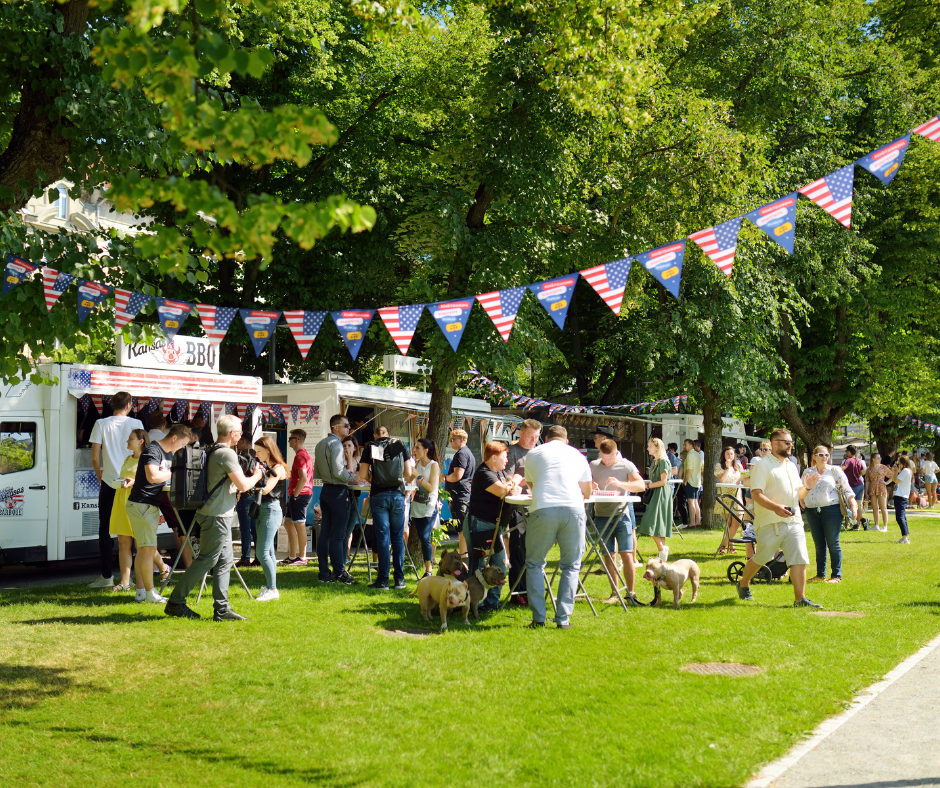
Think of your booth as a mini gallery or a retail storefront. It’s the first impression potential buyers will have of your work, so make it count. Invest in quality displays and effective lighting to highlight your artwork’s best features. Clear, professional signage and a well-organized layout can make your booth inviting and accessible, encouraging more foot traffic and engagement from attendees.
Don’t forget to use social media to promote your participation and give a preview of what you’ll be selling.
Buyers, Get Your Game Plan Ready!
Attending art fairs and craft shows can be an enriching experience, provided you come prepared. By preparing adequately, you’ll be able to enjoy the art fair or craft show fully, making informed decisions about your purchases and taking full advantage of the opportunity to connect with the art community.
Fuel your creative fire & be a part of a supportive community that values how you love to live.
subscribe to our newsletter
*please check your Spam folder for the latest DesignDash Magazine issue immediately after subscription

Research the Event
Before you go, take the time to research the event thoroughly. Look up the list of participating artists and their works, the event layout, and any special exhibits or showcases. Many events have websites and social media pages where you can find detailed information about the attractions and schedules. This preliminary research will help you decide which artists and sections align with your interests, allowing you to optimize your time at the event.
Set a Budget
Art can be irresistible, and without a predetermined budget, it’s easy to spend more than intended. Decide how much you are willing to spend ahead of time. Consider not only the cost of the artworks but also potential expenses for shipping or special handling if you purchase larger pieces. Having a budget helps keep your spending in check and prevents any post-event regrets.
Plan Your Day
Once you have a list of must-see artists and exhibits, plan your day accordingly. Art fairs and craft shows can be extensive, so it’s wise to prioritize your visits to make sure you don’t miss out on your top picks. Allocate time for browsing, purchasing, and even resting, as fatigue can diminish your enjoyment of the event.
Prepare Questions
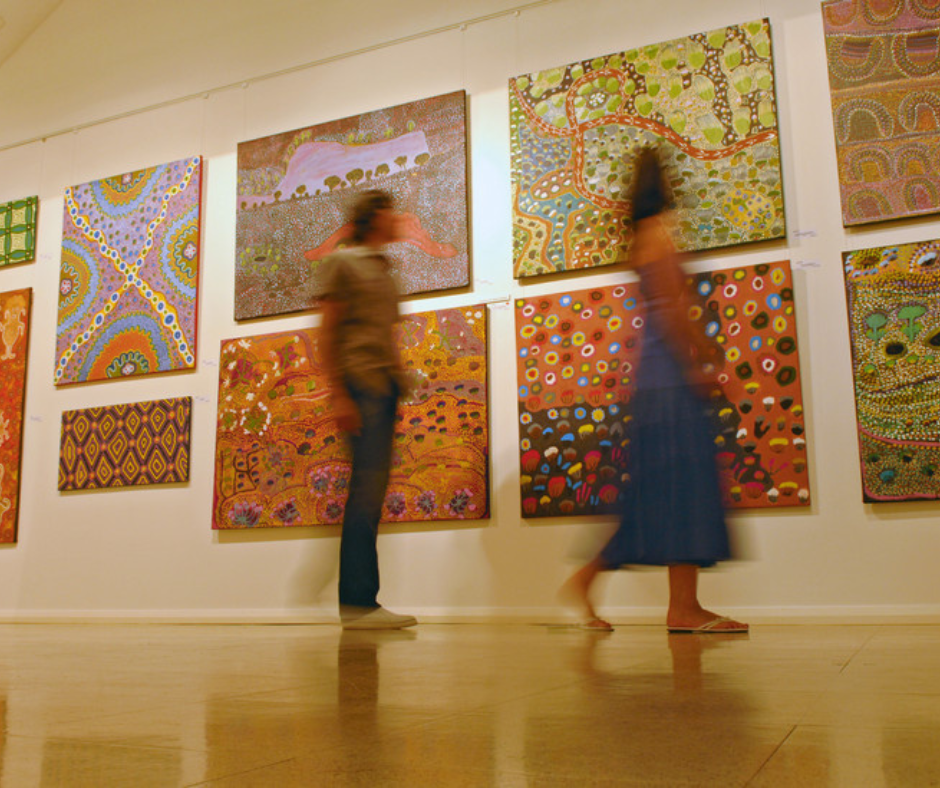
If you intend to engage with artists, think about what you might want to ask them. Inquiring about their inspiration, techniques, or the stories behind their works can enrich your understanding of the art and make the interaction more meaningful. Artists typically appreciate genuine interest in their work, and such conversations can lead to more personalized insights or even custom commissions.
Equip Yourself
Wear comfortable clothing and footwear as you will likely be on your feet for extended periods. Bring a small, secure bag for personal items and any purchases you might make. If the event is outdoors, consider weather-appropriate gear such as sunglasses, hats, or umbrellas. Additionally, bring a notebook or have your smartphone handy for taking notes or capturing information about artworks and artists that catch your eye.
Navigating the Event
Sellers, Work That Booth
Be Inviting
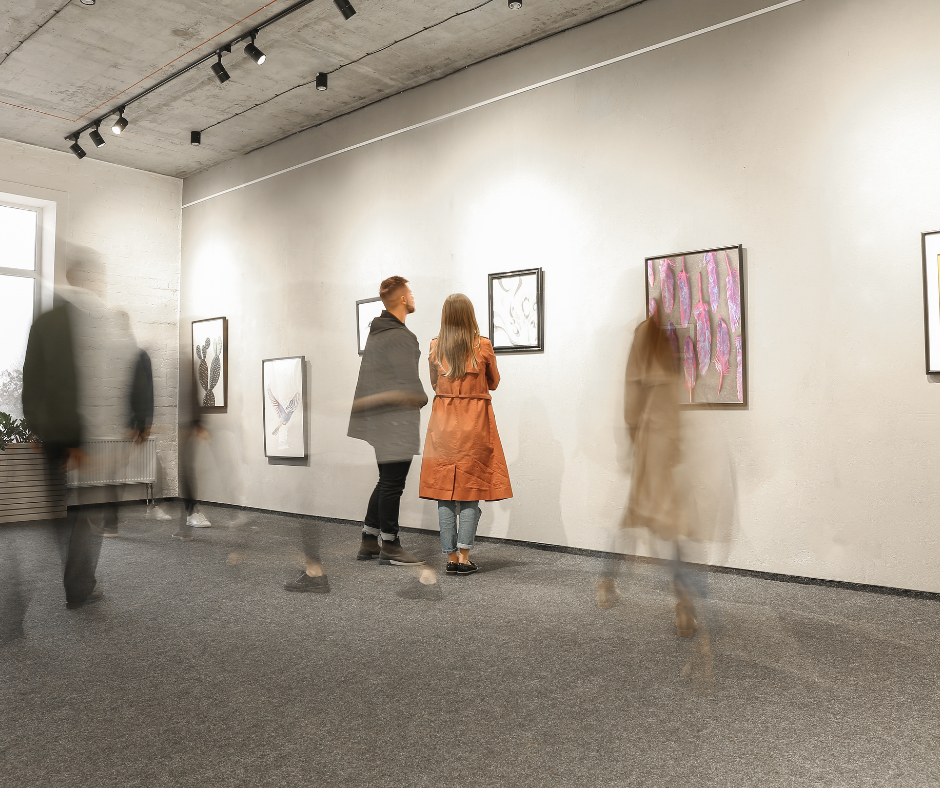
A friendly demeanor and a well-organized booth are essential. Greet visitors with a smile and be proactive in offering assistance. An approachable attitude can make attendees feel welcome and more likely to engage with your work. Keep your booth tidy and logically arranged, making it easy for visitors to browse and appreciate your offerings.
Tell Your Story
People often buy art not just for the aesthetics but for the story behind it. Share your inspiration, the techniques you use, and the journey of your artworks. This personal touch helps build a connection with potential buyers, making your work memorable and more appealing.
Demo Time
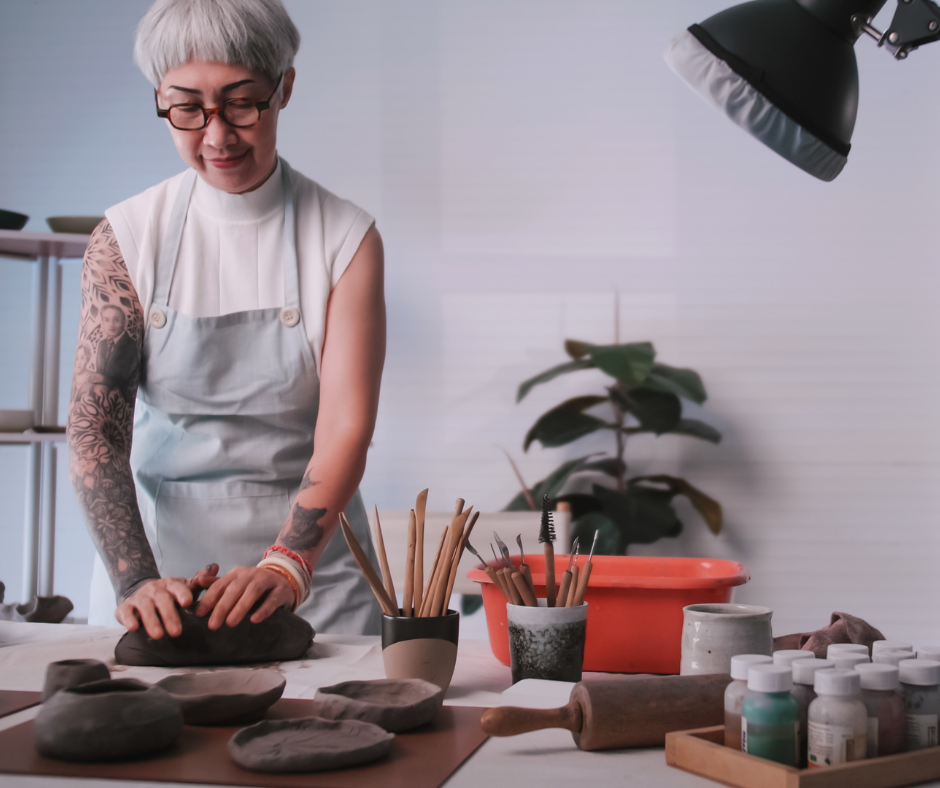
If feasible, conduct live demonstrations of your art-making process. This not only draws attention to your booth but also showcases the skill and effort involved, enhancing the perceived value of your work. Demonstrations can be a significant draw and help you stand out in a crowded fair.
Easy Payments
Offer multiple payment options. Ensure you can accept cash, credit cards, and, if possible, digital payments like mobile wallets. The easier you make it for someone to complete a purchase, the more likely they are to do so. Having a quick and smooth transaction process is key, especially during busy times.
Buyers, Shop With Kindness and Confidence
Chat It Up
Engage with artists about their work; ask questions about their techniques, inspiration, and any stories related to their pieces. Artists usually appreciate interest in their craft, and these conversations can provide you with insights into the art that you wouldn’t get from just observing.
Quality Check

Examine the artworks closely to assess their quality and uniqueness. Look at the materials used, the finish, and the overall craftsmanship. A well-made piece should feel sturdy and finely crafted, reflecting the artist’s skill and attention to detail. This check is crucial if you’re considering a significant investment.
Haggle with Respect (If At All)
If you find a piece you love, don’t be afraid to discuss the price. Many artists are open to negotiation, especially near the end of the event. However, always approach the conversation with respect and consideration for the artist’s pricing rationale. Remember, a polite inquiry about flexibility in pricing can lead to a favorable outcome for both parties. Approach negotiations respectfully and transparently, considering factors such as artwork size, complexity, and artist reputation. Be open to compromise and collaborate with artists to find mutually beneficial solutions.
Managing Purchases
Plan for transportation and handling of purchased artworks, especially for delicate or oversized pieces. Invest in protective packaging and consider shipping options if necessary.
Networking and Building Relationships
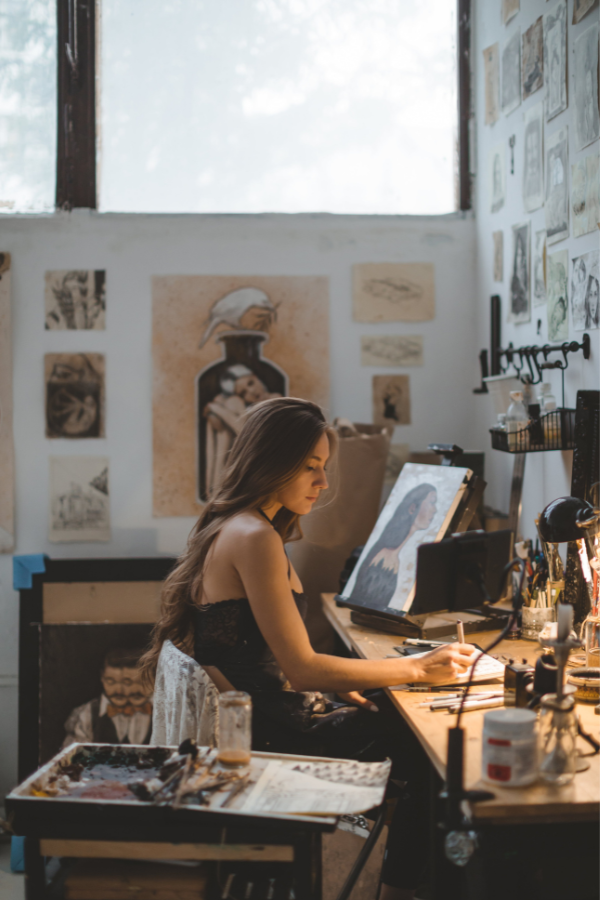
Sellers should engage with fellow artists, collectors, gallery owners, and industry professionals located in the region to expand their accepted network and search premier collaborative opportunities to learn more. Be sure to follow up with potential patrons after the event, express gratitude for their support, and nurture long-term relationships through personalized communication and updates on your artistic journey.
Sellers should attend artist talks, panel discussions, and networking events to connect with like-minded enthusiasts and gain insights into artistic trends and developments. Join online forums, art communities, and collector groups to share experiences, discover new artists, and stay informed about upcoming events.
After the Art Fair
As an artist, reflect on your performance at art fairs, gather feedback from customers and peers, and assess sales data to identify strengths, areas for improvement, and opportunities for future growth. Incorporate customer feedback into your artistic practice and marketing strategies to refine your brand and offerings.
As a buyer, integrate newly acquired artworks into your home or collection, considering factors such as placement, lighting, and conservation. Research proper care and maintenance guidelines for different types of artwork to preserve their beauty and value over time.
Final Thoughts

Art fairs and craft shows offer a dynamic platform for artistic discovery, engagement, and commerce. Whether you’re a seller showcasing your creative talents or a buyer seeking inspiration and acquisitions, these events provide valuable opportunities to connect with the art community, expand your network, and celebrate the transformative power of creativity. Embrace the diversity of artistic expressions, explore new horizons, and continue to foster a culture of appreciation and innovation within the vibrant world of art fairs and craft shows.
We encourage you to attend each fair with enthusiasm, curiosity, and a passion for discovery. Dive into the immersive experience of exploring diverse artworks, engaging with talented artists, and enriching your artistic journey. Together, let’s celebrate the boundless creativity and collective spirit that define the art fair and craft show experience.
By Anila Hasnain.
Design Dash
Join us in designing a life you love.
Women, In Their Own Words: Jamie Young
LIKE 4 LEAVE COMMENT 0 5 min read SummaryJamie Young, Founder and Creative Director of Jamie Young Co., shares her journey of balancing artistry and entrepreneurship over nearly 30 years in the design industry. She discusses finding inspiration in unexpected places, evolving her creative process, and the challenges women face in the business world. Jamie…
How to Set Financial Goals for Your Interior Design Business
From prioritizing the Big Financial Four to making each goal SMART, here’s how to set and track actionable financial goals for your interior design firm.
Should You Work with a Business Coach or Financial Advisor?
The decision to work with a business coach, financial advisor, or both will come down to your individual circumstances and priorities. Read on to learn more!
Turning Setbacks into Opportunities: Transform Challenges into Success
LIKE 0 LEAVE COMMENT 0 10 min read Summary Reflection Questions Journal Prompt Setbacks — those unexpected roadblocks that appear just when we think we’ve got everything figured out. Whether it’s a project gone awry at work or a personal goal taking an unexpected turn, we’ve all experienced them. But what if these setbacks could…
Raising Resilient Children: Building Confidence, Strength, and Adaptability
LIKE 0 LEAVE COMMENT 0 11 min read Summary Reflection Questions Journal Prompt Your child comes home from school, slumps onto the couch, and declares they’re never going back because someone made fun of their new haircut. As a parent, your heart breaks a little. But these moments are opportunities to help your child develop…
A Guide to Setting Personal Goals in Midlife
LIKE 0 LEAVE COMMENT 0 8 min read Summary Reflection Questions Journal Prompt Midlife is often portrayed as a stage where we’re supposed to have everything figured out. However, the reality is that most of us are still navigating life’s complexities, and that’s perfectly fine. In fact, this period can be an ideal time for…








